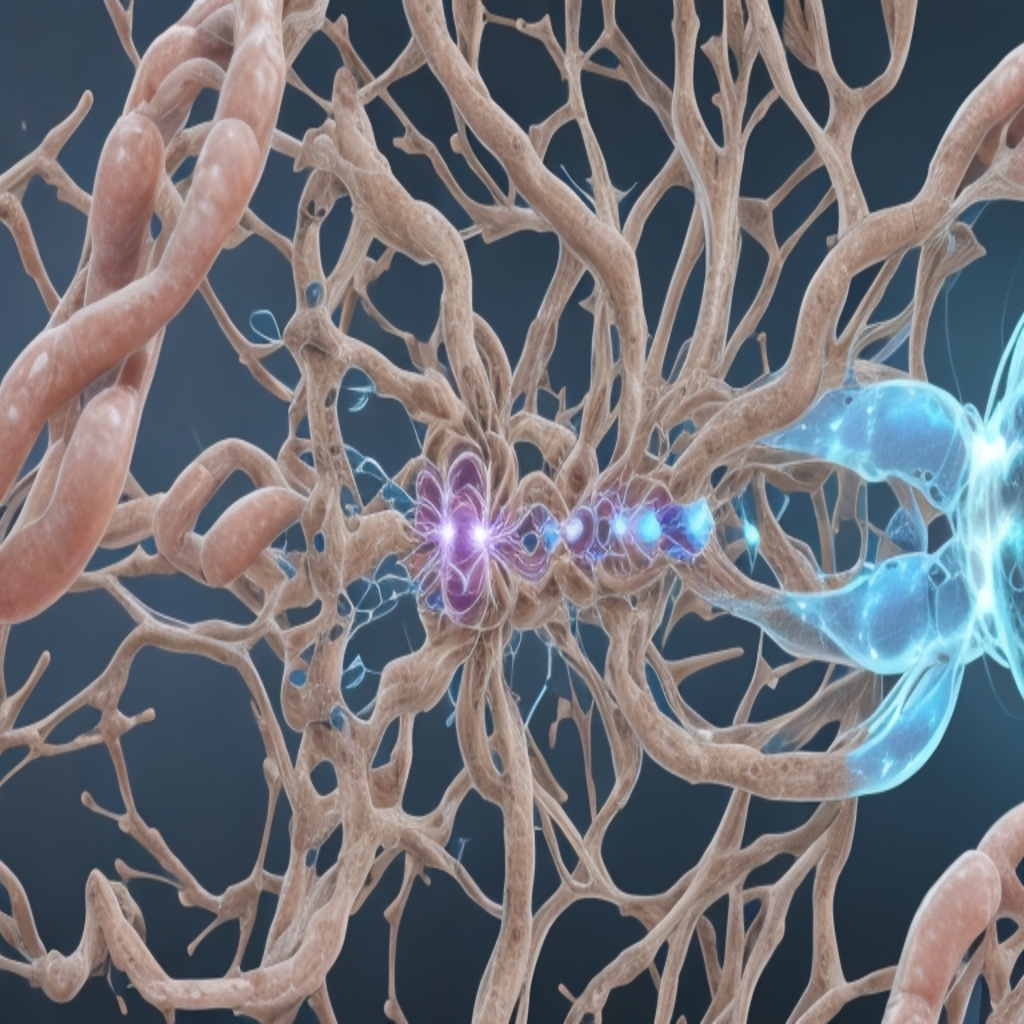In a groundbreaking development, an open science competition called the Critical Assessment of Computational Hit-Finding Experiments (CACHE) has successfully employed artificial intelligence (AI) to discover molecules that could lead to new treatments for Parkinson’s disease. This collaborative effort involved scientists from various institutions, including Merck KGaA and the University of Pittsburgh, who identified seven commercially-available compounds with unique mechanisms of action against the protein LRRK2, a known contributor to inherited Parkinson’s disease. The findings mark a significant triumph for open science, emphasizing collaboration over the traditional patent-driven approach.
AI-driven drug discovery leads to promising results
Researchers from Merck KGaA, the University of Pittsburgh, and other institutions harnessed the power of artificial intelligence to identify seven commercially-available compounds with novel mechanisms of action against the protein LRRK2. This protein has long been implicated in the development of Parkinson’s disease. What sets these discoveries apart is that they are the first compounds known to exhibit activity against LRRK2’s WD40 repeat (WDR) domain, a region believed to play a pivotal role in Parkinson’s disease toxicity.
The open science competition, CACHE, facilitated this groundbreaking achievement. Funded in part by actor Michael J. Fox’s research foundation, CACHE comprised two distinct rounds. In the initial round, 23 participating labs employed their AI algorithms to nominate up to 100 compounds. Subsequently, these compounds underwent rigorous lab experiments, including a series of assays to evaluate their binding affinity to the LRRK2 WDR domain, as well as their potential to bind to unrelated receptors, indicating specificity to LRRK2.
The most promising compounds advanced to the second round, where researchers could select up to 50 follow-up compounds with similar mechanisms of action to their original submissions but potentially higher specificity or binding affinity. The second round imposed more stringent criteria to avoid false positives and included additional screenings to validate the results.
An independent committee of industry experts evaluated the final data, although their names and affiliations were not disclosed. The top-rated compounds emerged from the University of Pittsburgh, Carnegie Mellon University, the University of British Columbia, and Merck KGaA. Detailed information about the computational methods used by the seven participants who identified winning compounds can be found on CACHE’s website.
Caution and further research required
While the discovery of compounds with potential applications in Parkinson’s disease treatment is undoubtedly significant, it is crucial to approach these findings with caution. According to Ryan Merkley, CEO of Conscience, the organization behind CACHE, the compounds identified represent encouraging starting points for potential drug development. However, they must undergo extensive research and testing before they can even be considered as viable drug candidates. Merkley emphasized the need for a transparent and candid discussion regarding the quality and applications of AI tools in drug discovery to further improve their efficacy over time.
Expanding horizons beyond Parkinson’s disease
CACHE’s success in identifying potential Parkinson’s disease treatments has paved the way for its expansion into other medical domains. Challenges 2 and 3 are now focused on discovering new drugs to combat COVID-19. Challenge 4 invites participants to predict drugs capable of inhibiting the TKB domain of CBLB, a negative regulator of T cell activation associated with lymphoma. Challenge 5, currently accepting applications, aims to identify obesity drugs targeting the MCHR1 receptor.
An open science competition named CACHE has harnessed the capabilities of artificial intelligence to uncover promising compounds for the treatment of Parkinson’s disease. This collaborative effort, which included researchers from Merck KGaA and the University of Pittsburgh, marks a significant step away from the traditional patent-driven approach. While these findings offer hope for potential Parkinson’s treatments, they must undergo further research and validation. CACHE is now expanding its efforts to address other pressing medical challenges, leveraging the power of AI to advance drug discovery in various fields.





